Baths of Trajan

The Baths of Trajan were built by the emperor Trajan in the 2nd century AD, during the period of greatest splendor of the Roman Empire. Their construction was a titanic undertaking, requiring significant economic and human resources, but the final result was a monumental structure that soon became one of the most frequented and loved […]
Titus Baths

The Baths of Titus, built in 79 AD and inaugurated the following year, represent one of the oldest examples of imperial baths in Rome. Located on the Oppian Hill, these baths were built near Nero’s Domus Aurea, using part of the pre-existing structures. Emperor Titus, son of Vespasian, wanted to give back to the Roman […]
Baths of Diocletian
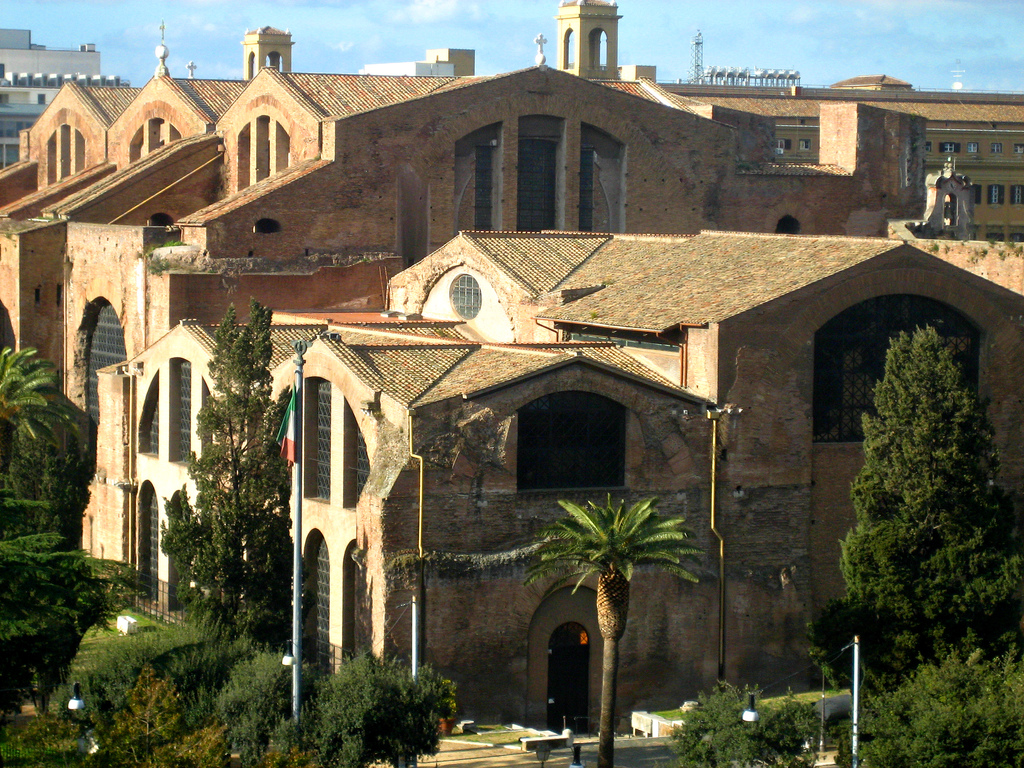
The Baths of Diocletian, located between the Viminal and Quirinal hills in Rome, represent one of the most imposing and extraordinary thermal complexes of ancient Rome. Built between 298 and 306 AD, during the reign of Emperor Diocletian and his co-emperor Maximian, the baths cover an area of about 13 hectares and could accommodate up […]
Rome Opera House
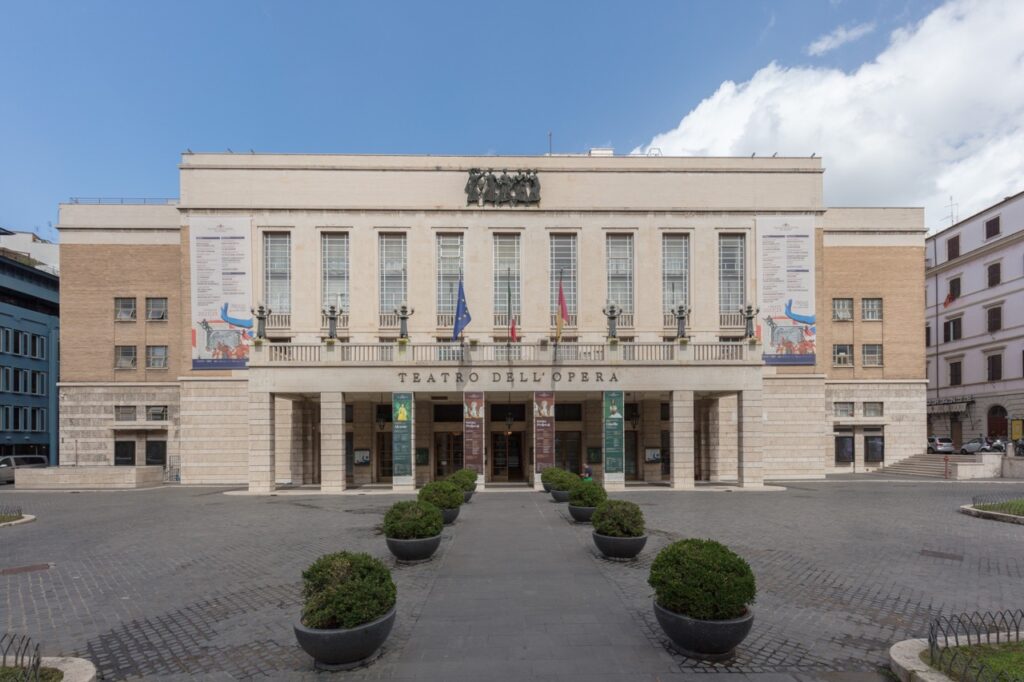
The Rome Opera House, also known as Teatro Costanzi, is one of the most prestigious cultural institutions in the Italian capital. Its history is rich in significant events, illustrious personalities, and architectural transformations that make it a symbol of Italian operatic tradition and a place of great historical and artistic importance. The construction of the […]
Quirinale stables

The Quirinale Stables, located on one of the highest hills in Rome, are one of the most prestigious exhibition spaces in the city. Originally built between 1722 and 1732 by the will of Pope Innocent XIII, the Quirinale Stables were designed by the architect Alessandro Specchi and later completed by Ferdinando Fuga. The building was […]
Pincio
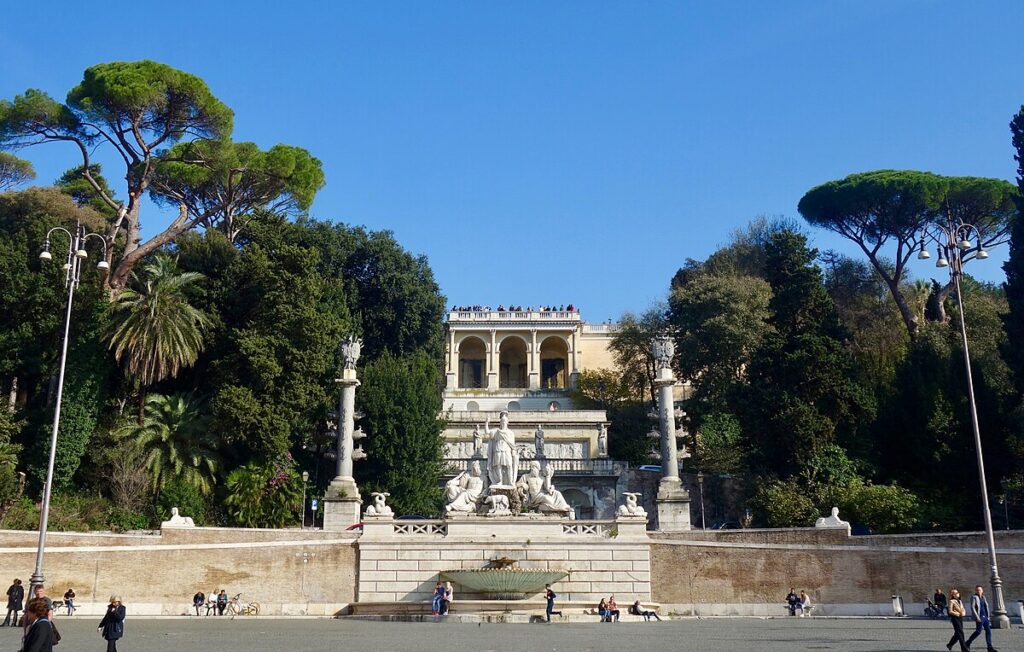
The Pincio, one of the hills of Rome, offers one of the most picturesque panoramic views of the eternal city. Although not part of the famous seven hills, the Pincio has always played a prominent role in the history of Rome, both in antiquity and in later periods. During the republican and imperial ages, the […]
Colle Oppio Park
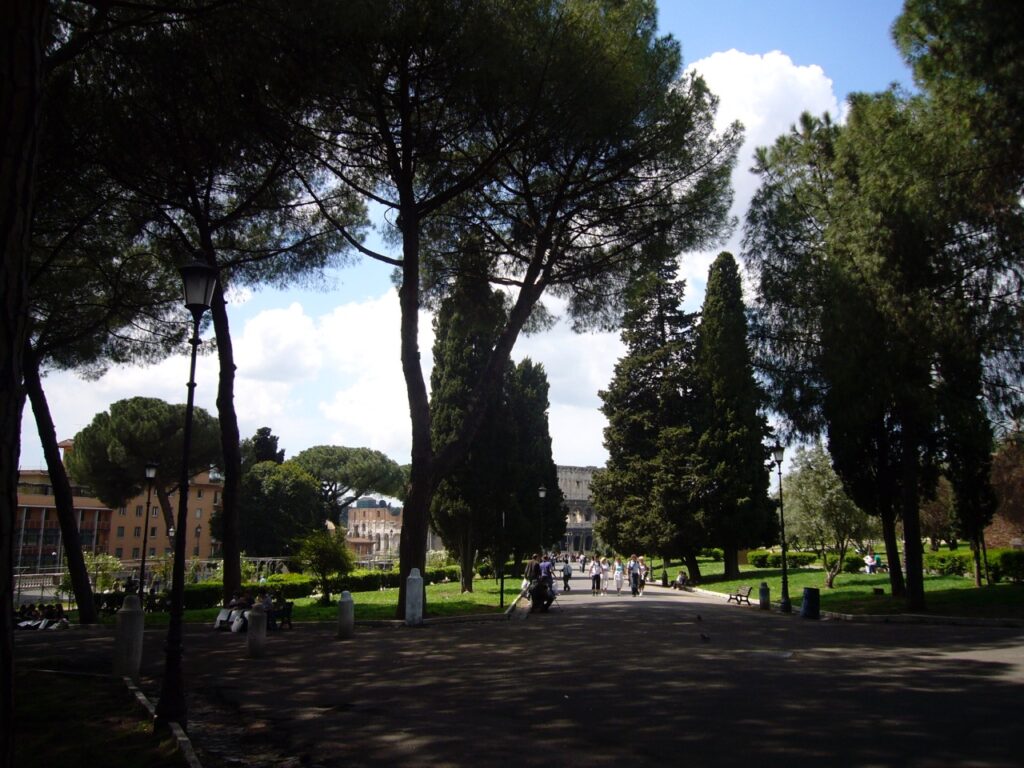
The Oppian Hill Park is one of the most fascinating historic parks in Rome, located among the monumental remains of the ancient city and offering a breathtaking view of the Colosseum. This park, covering about 11 hectares, is located on the Oppian Hill, one of the southern slopes of the Esquiline Hill, and combines elements […]
Exhibition Palace

The Palace of Exhibitions, located on Via Nazionale in Rome, is an emblematic building that represents a cultural and artistic reference point for the city. Inaugurated on January 21, 1883, the palace was designed by the architect Pio Piacentini, a master of Umbertine architecture, a style that characterized post-unitary Italy. The imposing and majestic structure […]
Quirinale Palace
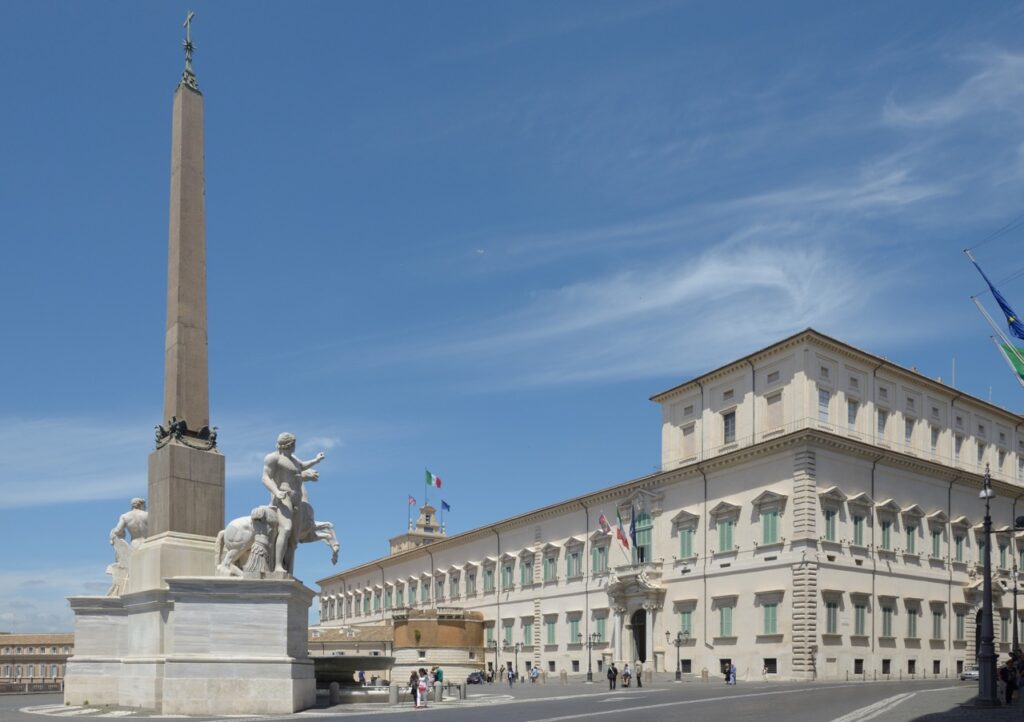
The Quirinal Palace, located on the hill of the same name in Rome, is one of the most significant buildings in the city both from a historical and architectural point of view. Initially built as a papal summer residence by Pope Gregory XIII in 1573, the palace was later expanded and modified by renowned architects […]
Colonna Palace
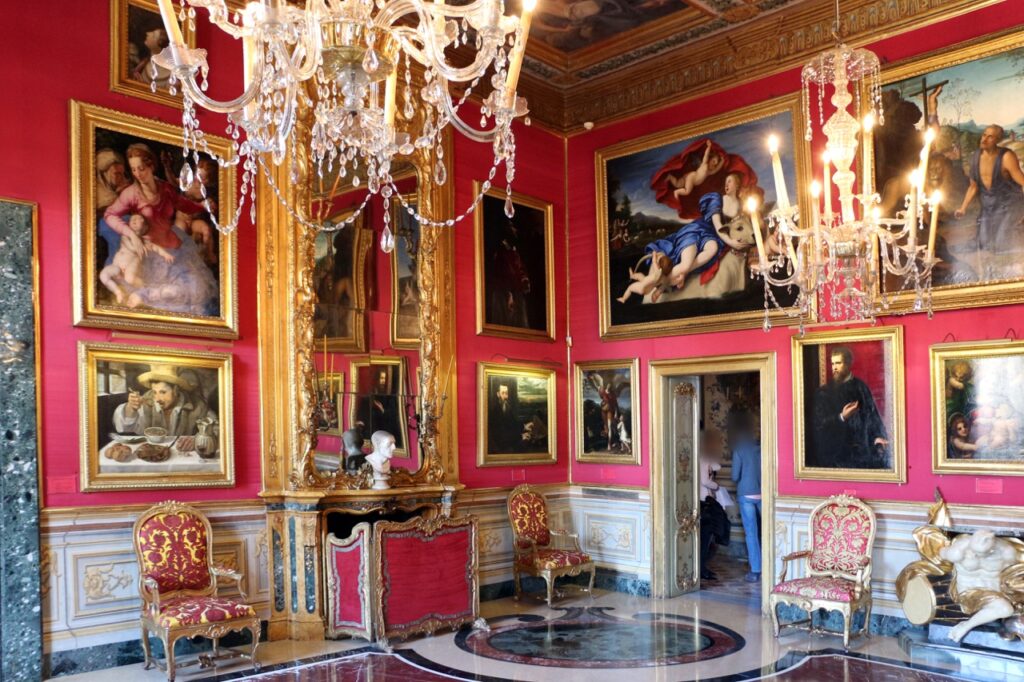
Palazzo Colonna, located in the heart of Rome between Piazza dei Santi Apostoli and Via della Pilotta, is one of the largest and oldest noble palaces in the city. Its history is closely intertwined with that of the Colonna family, one of the most powerful and influential families in Rome from the Middle Ages to […]

